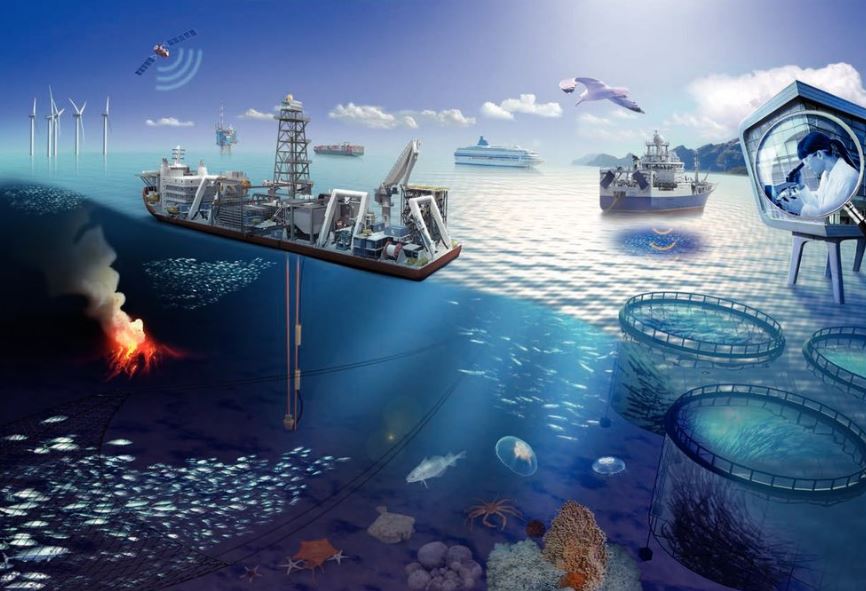Font size:
Print
Importance Of Mangroves In Cyclone Protection
Context:
Cyclone Dana recently made landfall near Bhitarkanika National Park and Dhamra Port in Odisha. Despite state evacuation efforts, illegal prawn farming has stripped mangrove defences in many coastal villages, increasing their vulnerability.
Role of Mangroves in Cyclone Protection
- Natural Barrier: Mangroves, like those in Bhitarkanika, shield coastal areas from storm surges by blocking water flow with dense roots, husks, and leaves.
- Impact on Water Flow: According to the World Bank, species like Sonneratia apetala reduce surge height (by 4–16.5 cm) and water flow velocity (by 29–92%) with mangrove strips 50 m to 2 km wide.
- Combined Defence with Infrastructure: Planted in front of embankments, mangroves further decrease cyclone impacts.
Bhitarkanika Mangrove Ecosystem
- Area and Density: Odisha holds 231 sq km of mangrove forest, mainly in Bhitarkanika, ranking second in India after Sundarbans.
- Sanctuary and National Park Status: The Bhitarkanika Wildlife Sanctuary spans 672 sq km (established in 1975), with a 145 sq km core receiving National Park status in 1998.
- Cyclone Resilience: Bhitarkanika has historically withstood cyclones, including the 1999 Super Cyclone, due to its robust mangrove cover.
Threats from Illegal Prawn Farming
- Deforestation for Prawn Farms: Extensive mangrove clearing by prawn mafias has left 100,000 residents in 45 villages more exposed to cyclone impacts.
- Impact on Groundwater and Farmland: Prawn farming introduces toxic chemicals that pollute groundwater and farmland, affecting the health and livelihood of coastal residents.
- Regulatory Violations: Many prawn farms operate illegally, violating the Coastal Regulation Zone rules and Supreme Court rulings.
Community and Environmental Response
- Government Actions: This year, authorities dismantled 400 acres of illegal prawn farms, though the threat persists.
- Eco-Sensitive Zone Proposal: The Environment Ministry proposed an eco-sensitive zone around Bhitarkanika to protect surrounding villages, home to approximately 275,000 people.
Historical Recommendations: In 1971, a committee led by P. Koteswaram, then Director General of Observatories and head of the India Meteorological Department, recommended coastal embankments and afforestation to reduce cyclone damage. However, implementation has remained limited.



